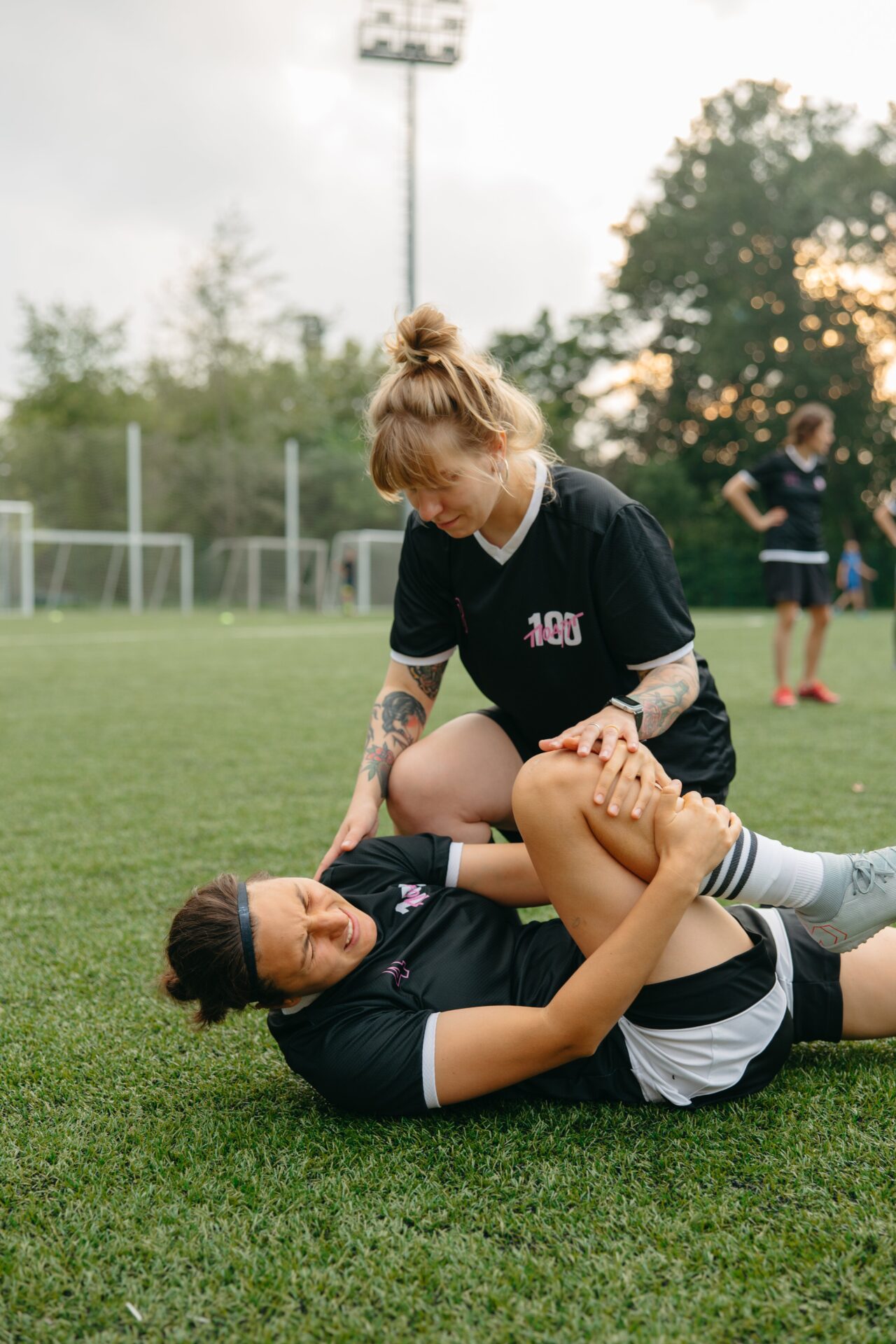ACL injuries are one of the most common sports injuries seen in our Boulder Physical Therapy and Lafayette Physical Therapy clinics. Previous research on this injury has questioned the utilization of surgery for every patient with an ACL tear due to many returning to full function with Physical Therapy alone. Authors and researchers have questioned the ability of the ACL to heal on its’ own which has likely driven up rates of surgical reconstruction and prevented research on the topic, but newer research has shown it may be able to heal on its’ own with the proper post injury environment.
The ACL’s rich blood supply, as noted with the immediate swelling after an ACL rupture, has been utilized by researchers to try to stimulate recovery of the torn ligament. In particular authors have utilized different knee bending angles, 90-135 degrees, in an attempt to approximate the torn edges of the ACL ligament.
The cross bracing protocol has a long history starting with Dr. Mervyn Cross and his son Dr. Tom Cross. In short, the protocol requires the knee to be immobilized in approximately 90 degrees of knee flexion for 4 weeks. After 4 weeks the patient works with Physical Therapy to gradually restore knee range of motion, lower quarter strength, balance, and return to sport training. Although this protocol has not been shown to help every patient with an ACL tear previous research has shown improved quality of life and knee function in patients with ACL healing after bracing compared to the peers without bracing.
A recent study in British Journal of Sports Medicine examined the effects of the Cross bracing method on patients with ACL injury (Filbay et al. 2023). Authors reported on 80 patients (mean age 26 years) with an ACL tear who were treated with bracing. Including criteria included an acute, complete ACL tear (< 1 month) and were able to manage the 4 weeks of 90 degree knee bracing. Patients were discouraged to use anti inflammatories or icing to allow for the acute inflammatory response and those who were > 7 days after ACL injury underwent a PRP injection. Patients were placed in a 24/7 brace for all activities for 4 weeks.
Authors reported 72 out of 80 knees (90%) showed evidence of ACL healing described as a continuous ACL on MRI at 3 months. As expected, patients with greater degrees of ACL healing reported greater quality of life, better return to sport, and knee function scores. The study design did not allow comparisons to other commonly used groups such as ACL reconstruction and Physical Therapy. Authors also noted patients who had an avulsion with their injury or tissue outside the intercondylar notch were more likely to opt for ACL reconstruction. Additional research will be needed on long term outcomes for this bracing approach and importantly how it compares to ACL reconstruction and Physical Therapy.
Contact the experts at Mend to schedule your next appointment

